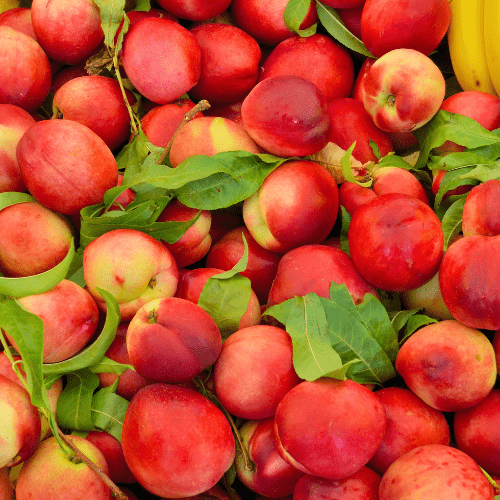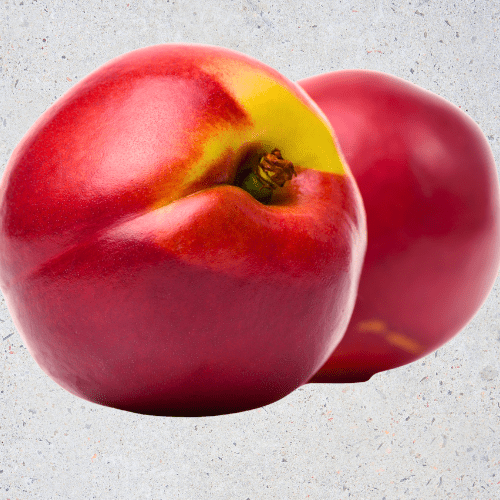Position – Full sunlight helps to prevent the tree from contracting diseases. The sunshine also helps with producing sweet, delicious fruits. Nectarine trees, known as one of the stone fruit varieties, require cold winters.
Give it about a six mt space to allow the tree to grow without being hindered. Use companion plants like legumes because these attract suitable pollinators and help to keep the soil fertile.
Size – This tree reaches a mature height of between 2 and 5 mts with a canopy of four mts.
Soil Type – Soils that are well-draining but still manage to retain some moisture are best for nectarine trees. The only soils that do not work well are dense or heavy. A slightly acidic pH between 6.0 and 7.0 is best for fruit trees.
Mulch – Cover the ground around your tree (but not against the truck) with wood chips or sawdust to prevent too much moisture from evaporating and to keep the soil moist. You may also want to protect young trees with a wire cage with small holes, to keep animals away.
Pests & Diseases – Insects that bore into the trunk are the biggest threat to this plant.
Watering – Water the nectarine tree once every 10 to 14 days to soak the ground around it. Be careful not to overwater it, though. Even if the grass around it is brown and dry, the nectarine tree can thrive on this amount of watering.
Fertilising – Well-rotted organic material and a balanced fertiliser should be applied liberally around the tree in the spring.
Pruning – Although most fruit trees get pruned in the dormant winter months. Nectarine trees should be pruned in early spring to allow buds and flowers to survive.
Harvesting – Pluck your delicious, sweet fruit when the skin is orange-red, and the flesh is soft close to the stalk.








